
Scientists report for the first time that “baby” teeth, the temporary teeth that children begin losing around their sixth birthday, contain a rich supply of stem cells in their dental pulp. The researchers say this unexpected discovery could have important implications because the stem cells remain alive inside the tooth for a short time after it falls out of a child’s mouth, suggesting the cells could be readily harvested for research.
According to the scientists, who published their findings online today in the Proceedings of the National Academy of Sciences, the stem cells are unique compared to many “adult” stem cells in the body. They are long lived, grow rapidly in culture, and, with careful prompting in the laboratory, have the potential to induce the formation of specialized dentin, bone, and neuronal cells. If followup studies extend these initial findings, the scientists speculate they may have identified an important and easily accessible source of stem cells that possibly could be manipulated to repair damaged teeth, induce the regeneration of bone, and treat neural injury or disease.
Shi and colleagues named the cells SHED, which stands for Stem cells from human exfoliated deciduous teeth. The term “deciduous teeth” is the formal name for what most people call colloquially “baby teeth.” Children normally develop a set of 20 deciduous teeth, which appear after six months of life and generally are replaced, one tooth at a time, between age 6 and 12.
Shi said the unique acronym was needed to differentiate SHED from stem cells in adult tissues, such as bone or brain. “Stem cell research has exploded during the past seven or eight years, yet people still talk in general terms of postnatal and adult stem cells as though they are one and the same. Postnatal cells from children may act totally differently than adult stem cells, and we felt the inherent difference needed to be emphasized,” said Shi.
Today’s finding, as so often happens in science, stems from a chance interaction. As Shi recounts, it happened one evening when his then-six-year-old daughter, Julia, asked for help in pulling out a loose baby tooth. “Once it was out, we sat and looked carefully at the tooth,” recalled Shi, a pediatric dentist. “I said, ‘Wait a minute, there is some red colored tissue inside of the tooth,’ so I took the tooth to my laboratory the next day and examined it. Sure enough, it had beautiful pulp tissue left over.”
A few days later, when another of Julia’s teeth came out, Shi said he was better prepared. He placed the tooth into a liquid medium used to culture cells, drove it to the laboratory, and extracted the dental pulp. Soon thereafter, he succeeded in isolating living stem cells from the tissue, a discovery that would lead to the collection of more exfoliated teeth from Julia and other children.
The group launched an initial round of studies to determine whether the cells would grow well in culture. Using dental pulp extracted from the children’s exfoliated incisors, they discovered that about 12 to 20 stem cells from each tooth reproducibly had the ability to colonize and grow in culture.
“We also found the SHED behaved much differently than dental pulp stem cells from permanent teeth, which our group studied previously,” said Dr. Masako Miura, an NIDCR scientist and a lead author on the study. “They exhibited an ability to grow much faster and doubled their populations in culture at a greater rate, suggesting SHED may be in a more immature state than adult stem cells.”
Interestingly, Muria said she and her colleagues soon found these cells could be prompted to express proteins on their surface indicative of stem cells that were in the process of switching into bone and dental pulp cells. This discovery led to additional followup experiments, led by Dr. Bai Lu of NIH’s National Institute of Child Health and Human Development (NICHD), to determine whether SHED also possessed the potential to switch into neural and fat cells. The groups found, under specific cell culture conditions, the cells responded accordingly, expressing a variety of proteins indicative of neural and fat cells. “These data are just the start,” said Shi. “We’re trying to characterize more fully which cell types can be generated from these stem cells. Can they be switched into nerve cells only? We need to find this out. We’re also interested in determining the difference between adult dental pulp stem cells and those in deciduous teeth.”

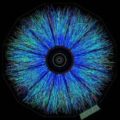
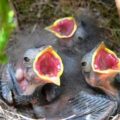


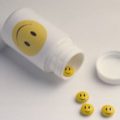


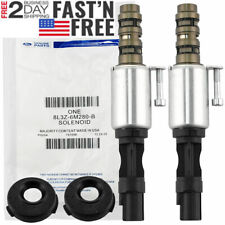
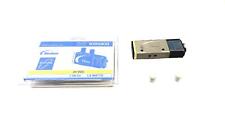
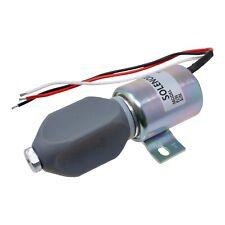
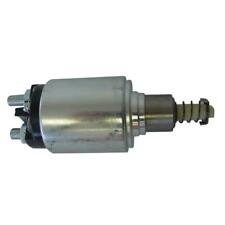
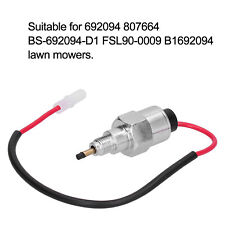
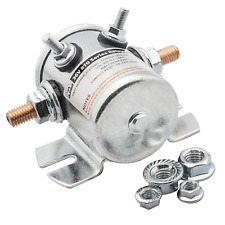
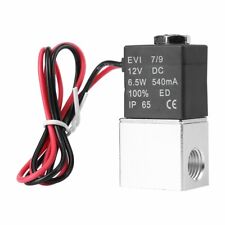
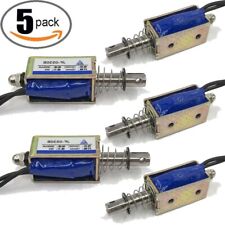
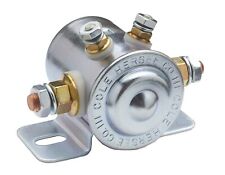
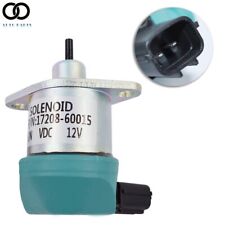
Comments are closed.